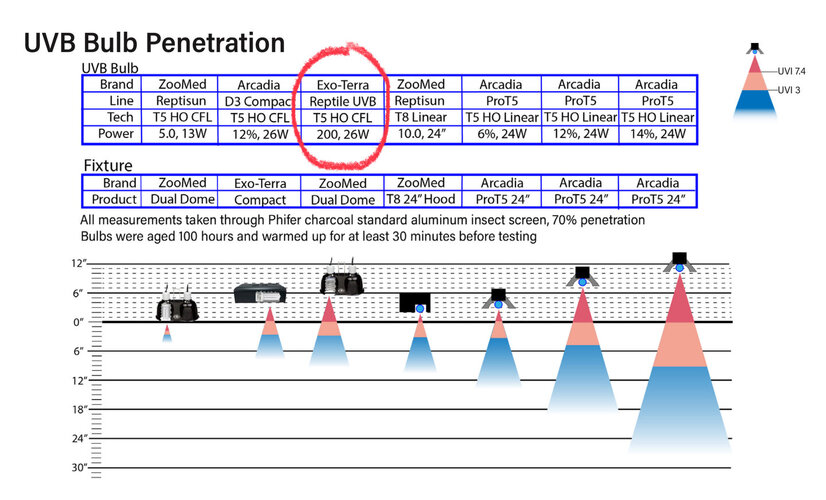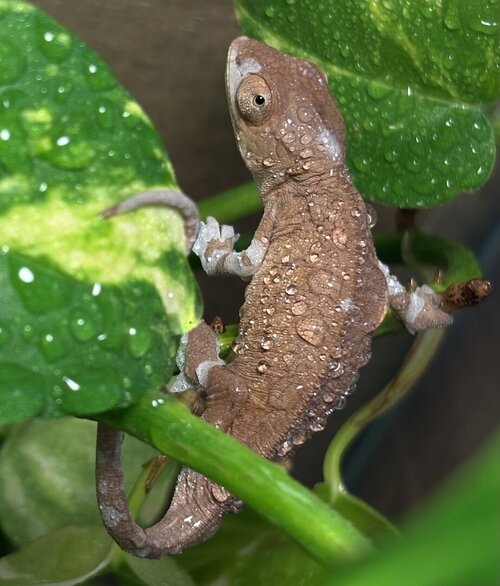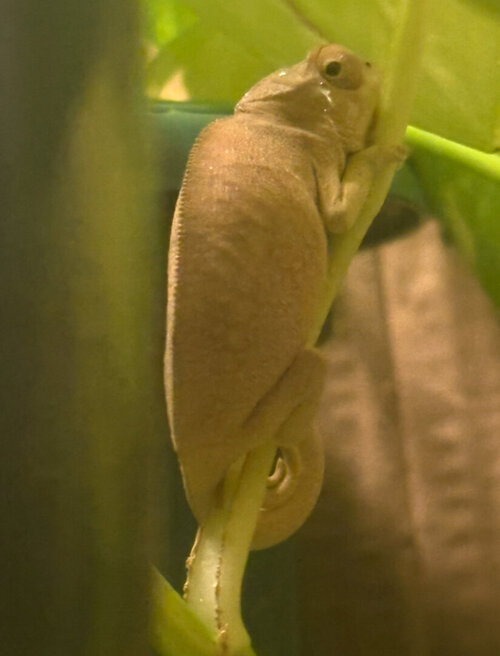TCMontium
Avid Member
Hi,
I have a juvenile female Panther Chameleon, hatching date was listed as 05/2025, so about 3-4 months old.
She is about 2 and a half inches, or 3 inches long (excluding tail).
I have read about people talking about keeping females in lower temps than males, often even without a basking lamp, just with a UVB flourescent bulb. And I have also read that people feed females less than males, unless they want to breed them.
But they almost never mention the age of the females they treat this way. Do females not need as much heat and food as they can when they are juveniles, to grow properly?
Or would giving as much heat and food as she wants cause an early batch of eggs that might shorten her life, or risk it even?
So, I was wondering what the ideal basking, ambient and night time tempuretures would be as she grows. And whether she needs basking at all other than the UVB light?
And if I should just feed her as many insects as she wants, dusted with calcium daily and dusted with d3 or multivitamin biweekly (interchangably), as usual for most chameleons.
I have a juvenile female Panther Chameleon, hatching date was listed as 05/2025, so about 3-4 months old.
She is about 2 and a half inches, or 3 inches long (excluding tail).
I have read about people talking about keeping females in lower temps than males, often even without a basking lamp, just with a UVB flourescent bulb. And I have also read that people feed females less than males, unless they want to breed them.
But they almost never mention the age of the females they treat this way. Do females not need as much heat and food as they can when they are juveniles, to grow properly?
Or would giving as much heat and food as she wants cause an early batch of eggs that might shorten her life, or risk it even?
So, I was wondering what the ideal basking, ambient and night time tempuretures would be as she grows. And whether she needs basking at all other than the UVB light?
And if I should just feed her as many insects as she wants, dusted with calcium daily and dusted with d3 or multivitamin biweekly (interchangably), as usual for most chameleons.











